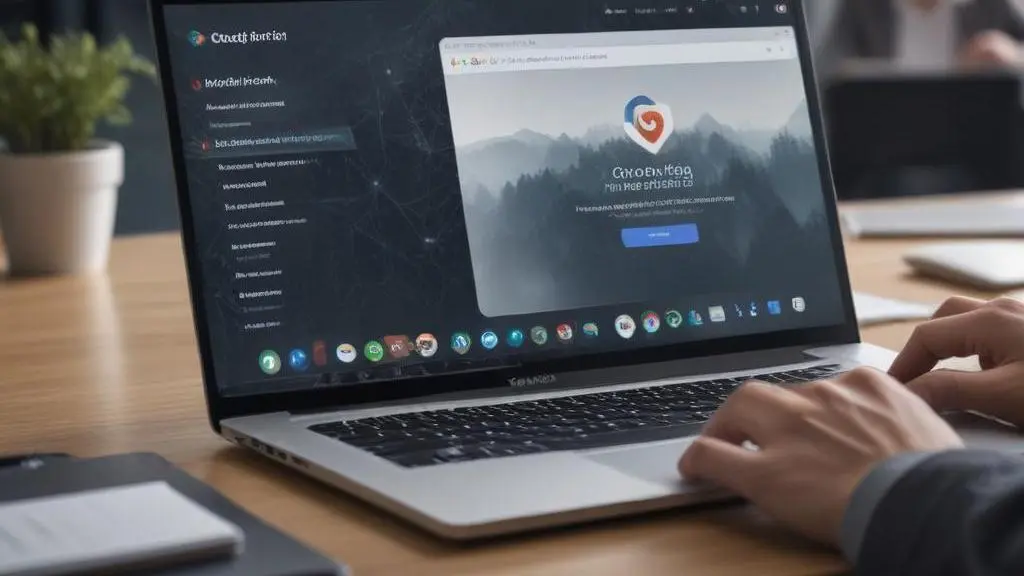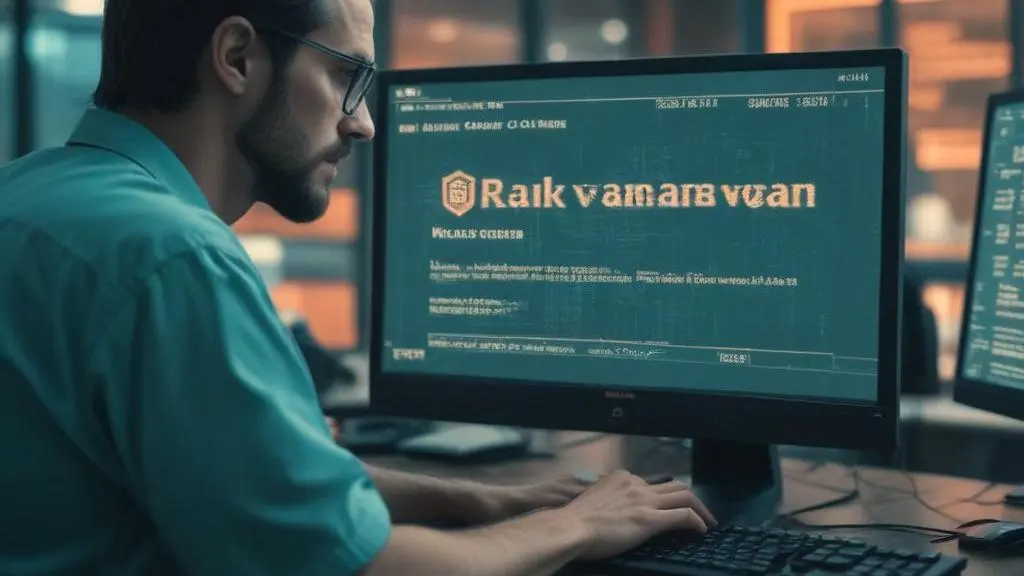Anti forensics techniques are becoming increasingly sophisticated, posing significant challenges to digital investigations. These methods are designed to hinder or mislead forensic analysis, making it crucial for cybersecurity professionals to stay informed.
What Are Anti Forensics
Anti forensics refer to techniques used to hinder or mislead digital forensic investigations. These methods can include data obfuscation, encryption, and the use of rootkits to hide activities. Understanding these techniques is the first step in developing effective countermeasures.
One of the primary goals of anti forensics is to make detection and analysis more difficult. Techniques like data hiding use methods such as steganography to conceal information within other files. This makes it challenging for investigators to find and extract the hidden data. Additionally, trail obfuscation methods aim to obscure digital trails, making it hard to trace the origin of an attack or the activities of a malicious actor. For instance, using anonymous proxies and VPNs can effectively mask the true location and identity of an attacker. More on trail obfuscation can be found here.
Common Anti Forensics Techniques
There are several common anti forensics techniques that cybersecurity professionals should be aware of:
- Data Hiding: Techniques such as steganography and data obfuscation. Steganography involves hiding data within other data, such as embedding a message within an image file. This makes the hidden data difficult to detect and recover. Data obfuscation involves altering data to make it unreadable or misleading. For example, encoding data in a way that makes it appear as something else can confuse investigators. Managing digital footprints becomes crucial in preventing such techniques.
- Trail Obfuscation: Methods to obscure digital trails, such as using anonymous proxies and VPNs. These tools mask the true origin of digital activities, making it harder to trace back to the source. Additionally, techniques like MAC address spoofing can alter the unique identifiers of devices, further complicating the investigation process. Cyber threat mitigation strategies are essential to counter these methods.
- Anti-Forensic Tools: Software designed to erase or alter digital evidence. These tools can wipe data securely, making recovery nearly impossible. They can also modify timestamps and other metadata to mislead investigators. Understanding how these tools work is vital for developing effective countermeasures. Proper network security measures can help mitigate the risks posed by these tools.
Impact on Digital Investigations
Anti forensics can significantly impact digital investigations by making it difficult to trace and recover evidence. This can lead to delays in resolving cases and increased costs. Organizations need to be proactive in implementing security measures to mitigate these risks. We offer a range of services including vulnerability assessment and digital security audits to help identify and address potential vulnerabilities.
The use of anti-forensic techniques can obscure the trail of digital evidence, making it challenging for investigators to piece together the events leading up to a cyber incident. For instance, techniques such as data hiding and trail obfuscation can render traditional forensic methods ineffective. This necessitates the adoption of advanced forensic tools and practices to counter these techniques.
Moreover, the deployment of anti-forensic tools can alter or erase digital evidence, further complicating the investigation process. This not only prolongs the investigation but also escalates the associated costs. To mitigate these risks, organizations must adopt proactive security measures. Regular vulnerability assessments and digital security audits are essential to identify and address potential vulnerabilities before they are exploited.
By understanding the implications of anti forensics on digital investigations, organizations can better prepare themselves to handle cyber incidents effectively. Implementing robust security measures and staying informed about the latest cyber threats are crucial steps in safeguarding digital assets.
Countermeasures and Best Practices
To counter anti forensics, organizations should adopt a multi-layered security approach. This includes regular vulnerability assessments, implementing robust DNS management, and configuring cloud infrastructure securely. Conducting routine vulnerability assessments helps identify weaknesses that could be exploited to obfuscate evidence. By systematically evaluating and addressing these vulnerabilities, organizations can reduce the risk of anti forensics. For more on vulnerability assessments, visit Vulnerability Assessment Guide.
Effective DNS management is crucial for preventing domain spoofing and other techniques used to hide malicious activities. By employing best practices such as DNSSEC, organizations can ensure the integrity and authenticity of DNS records. This not only enhances security but also aids in forensic investigations by providing reliable data trails. To learn more about DNS management, refer to DNS Management Best Practices.
Secure cloud infrastructure configuration is essential to safeguard data and prevent unauthorized access. This includes implementing strong access controls, encryption, and continuous monitoring. Organizations must ensure that their cloud environments are properly secured to prevent anti forensics tactics that could compromise data integrity. More insights on enhancing network security can be found at Enhancing Network Security Today.
Final words
Anti forensics techniques are a growing concern in the digital age, necessitating robust countermeasures. By understanding these methods and implementing comprehensive security strategies, organizations can safeguard their digital assets effectively. For expert assistance, contact us today.












Leave a Reply